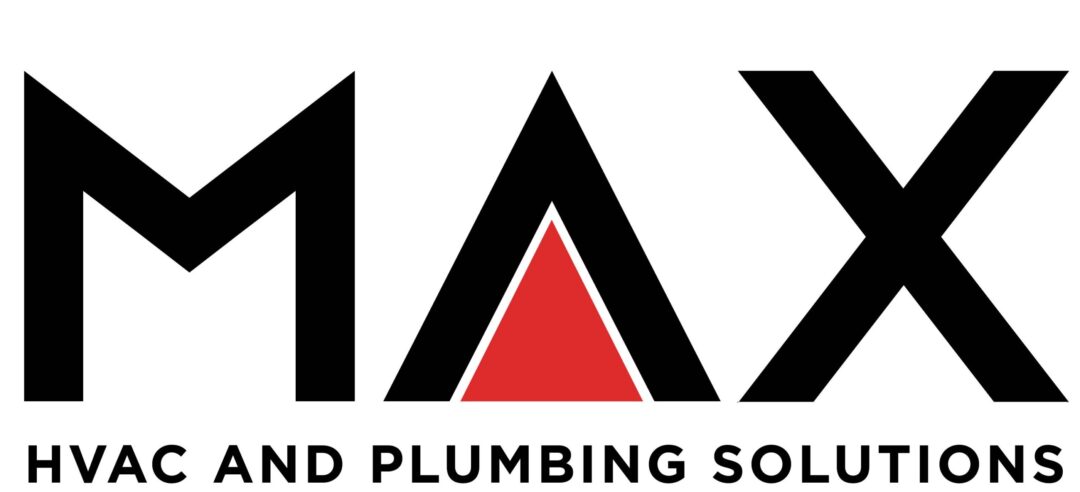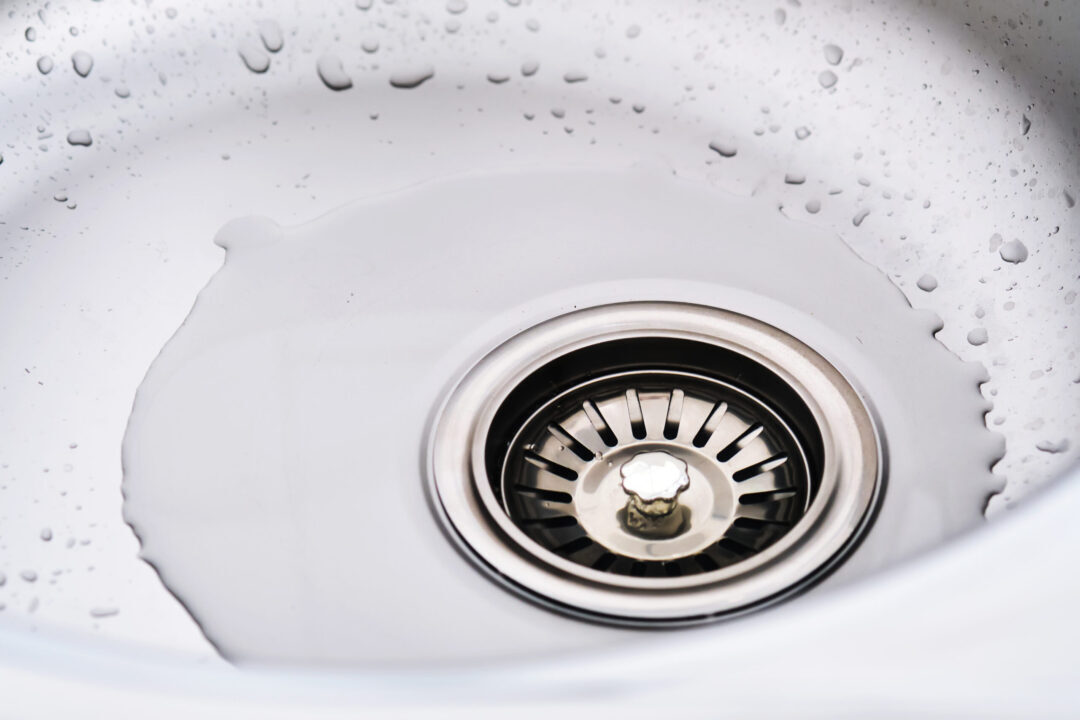Low water pressure can turn simple daily tasks like showering or washing dishes into frustrating chores. It’s one of the most common plumbing issues homeowners deal with, and it’s usually a sign that something deeper is going on. Understanding what’s normal, what causes pressure problems, and how to address them can save you time, money, and unnecessary stress.
What Is a Normal Water Pressure in a House?
Before jumping into solutions, it’s important to know what “normal” actually looks like. In most homes, water pressure should range between 40 and 60 psi (pounds per square inch). Anything significantly lower than that can make water flow feel weak, slow, or inconsistent.
If you’re unsure about your home’s water pressure, a licensed plumber can perform a thorough inspection using a simple gauge to measure it accurately. This quick step helps identify whether you’re dealing with a mild drop or a more serious plumbing problem.
What Can Cause Low Water Pressure?
There’s no single reason for low water pressure, and that’s why accurate diagnosis is key. Some of the most common causes include:
1. Mineral Buildup in Pipes
Over time, minerals and sediment from hard water can build up inside pipes. This buildup restricts water flow, reducing pressure throughout your home. If your home is older or you haven’t had your plumbing inspected in a while, buildup could be the culprit.
2. Leaking or Damaged Pipes
Even small leaks can cause a noticeable drop in water pressure. Look for damp spots, water stains, or unexplained increases in your water bill. If you suspect a leak, it’s essential to call a professional plumber in Lubbock quickly. They’ll inspect your system thoroughly and fix it right the first time.
3. Faulty Pressure Regulator
Some homes have a pressure regulator that controls water flow from the main line. If this device fails, it can cause pressure to spike or drop. Replacing or adjusting it usually requires professional expertise and the right tools.
4. Municipal Water Supply Issues
Sometimes, the problem isn’t inside your home at all. If your neighbors are also experiencing low pressure, the city’s water supply might be to blame. A quick call to your local utility company can confirm whether maintenance or repairs are happening in your area.
5. Corroded Plumbing
Older homes with galvanized steel pipes are prone to corrosion. As pipes deteriorate from the inside, water flow becomes restricted, leading to persistent low pressure. Replacing outdated pipes with modern materials is a long-term solution that restores proper water pressure and prevents future issues.
How to Fix Low Water Pressure
Once the cause is identified, solutions can range from simple to more complex:
- Clean faucet aerators and showerheads: Sometimes, buildup is localized, and a quick cleaning is all it takes.
- Repair leaks promptly: Even minor leaks require urgent attention to restore pressure and prevent further damage.
- Schedule a professional inspection: A skilled technician can use proven techniques to pinpoint the issue with quick accuracy.
- Upgrade outdated plumbing: If corrosion or aging pipes are the problem, replacement is the most reliable solution.
The key is not to guess. With certified and trained professionals handling the job, you can trust that your water pressure problem will be fixed correctly from inspection to completion.
When to Call a Plumbing Expert
If you’ve tried basic fixes and your water pressure is still low, it’s time to call in a professional. MAX Plumbing & Air’s team is ready 24/7 to identify issues with precision and provide complete, lasting solutions. With 30 years of combined experience, we stand behind our work and remain committed to delivering accurate results with no guesswork.
Need help with low water pressure? Contact MAX Plumbing & Air for free estimates, no overtime fees, and the same flat rate all year round in Lubbock. Our skilled technicians are ready to help, day or night.

